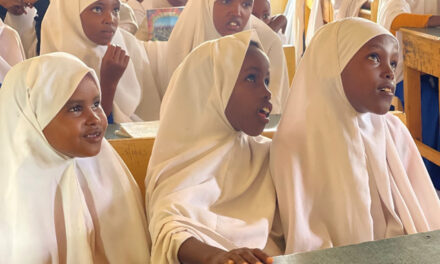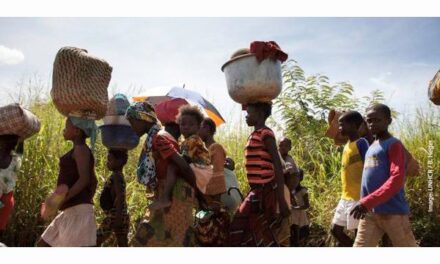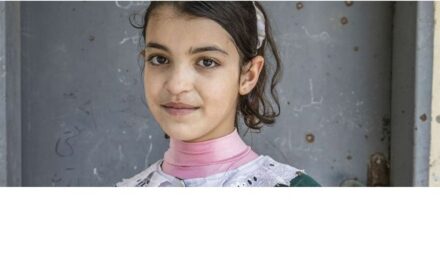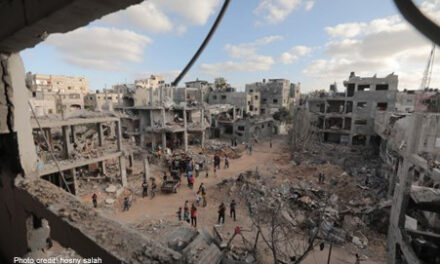At the beginning of April, INEE and UNESCO IIEP hosted a High-Level Event on Conflict Sensitive Education at UNESCO Paris. The event was attended by a number of UNESCO country representatives and Ministers of Education from many conflict-affected countries together with practitioners and researchers from the education and conflict/emergencies community (EiE). We all stood to endorse a Declaration on Conflict Sensitive Education. At a celebratory concert later that evening, we even sang classic peace tunes together, led by Peter Yarrow from the American folk legends band Peter, Paul and Mary.
So, beyond the signatures and the moving singsong, what will this event and the INEE’s new tools and guidance around conflict sensitive education policy and programming mean for education? How, where and in what context will the tools be used? The ways in which we in the EiE community understand violent conflict is central to how we answer these questions.
Firstly, however, what do we mean by conflict sensitive education? For INEE, conflict sensitive education programming and policy minimizes the negative impacts that education may have on conflict dynamics and maximizes its positive impacts. It is based around principles such as do no harm, conflict prevention, equity and holistic development of the child as citizen while encouraging responsive and long-term engagement. The tools and guidelines facilitate analysis of links between education and conflict and offer broad policy and programming guidance towards an equitable and quality education that may minimize these links.
Consider the world into which the guidelines were launched: In the same month as they were adopted, the situation deteriorated even further in Syria North Korea threatened nuclear attack on both South Korea and the USA; the UN agreed to a peacekeeping mission for Mali, recently perceived as a democratic model for elsewhere in West Africa and now a hot spot for extremism; the trial of former Guatemalan president Rios Montt for genocide was suspended; students in the US state of Colorado began carrying bullet proof rucksacks as gun control legislation failed to be passed; and the UK Ministry of Defense confirmed that armed drones operating in Afghanistan were being controlled from an RAF base in Lincolnshire.
It could be argued that none of the situations described above fall neatly onto our radar screen in the EiE community. The need and support for education to play a role in addressing these crises is clear. Mali’s interim Minister of Education spoke at the High-Level Event and endorsed the guidelines. A representative of Syria’s civil society organizations spoke passionately about the role that education could play in preventing violence.
Meanwhile, we largely continue to understand conflict as it was in the 1990s when the EiE community emerged – intrastate, primarily in Africa, fought on the ground by identifiable opposing parties, ended by peace agreement. We are less equipped to understand, identify the risk of and suggest educational responses to situations of extremism, authoritarianism, long-term disorganized violence, regional conflict, technological or remote warfare, and violence and insecurity at home.
This means we are less likely to apply the tools and guidelines for conflict sensitive education in these cases. As such, we’re less likely to analyze the negative impacts and implications of education and less likely to identify and enhance the peacebuilding potential of education in environments where this is increasingly necessary. The potential of the INEE and IIEP’s conflict sensitivity initiative would surely be far greater if our community could widen its remit and sharpen and refine its analysis and understanding of conflict.
As we move towards 2015 and a position for education and emergencies within the new framework, we need to look beyond our community for research and theory on the changing nature of conflict. From there, we need to creatively consider the role of conflict sensitive education.
What work are you currently reading and finding promising in understanding the changing nature of conflict? Are you searching, but having a difficult time locating such work? Leave your ideas and comments below.







Trackbacks/Pingbacks